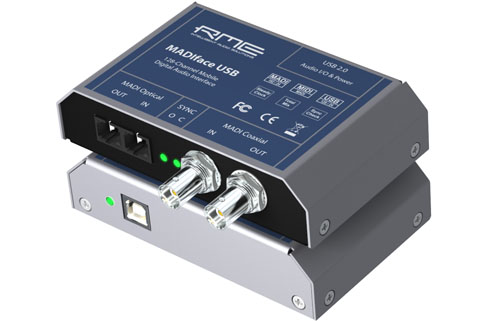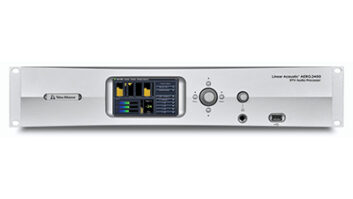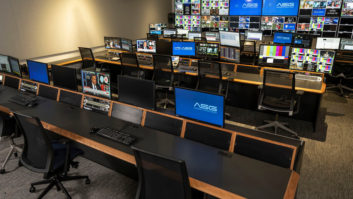
By Michael Burns
Three new devices intended to shake up multichannel audio were launched at IBC last month – the world’s first USB3 MADI I/O audio interface, a ultra-mobile USB2 MADI I/O audio interface and a MADI Router.
RME’s USB3 MADIface XT can provide access to hundreds of audio channels in a compact portable package. The MADIface XT can also be used with USB 2.0, while a PCI Express port connects to External PCI Express cards as well as adapters to Thunderbolt. RME said MADIface XT provides all the fastest interfacing technologies available for maximum channel count and lowest latency in one unit.
The MADIface USB provides MADI I/O over USB 2.0 while supporting the format’s full 64 channels for recording and playback, under Mac and Windows. Both inputs (optical and coaxial) can be used for full redundancy operation. Optionally both MADI I/Os can be operated simultaneously for full 128 channel input and output access, mixed and routed by TotalMix.
RME’s 12 Port MADI Router digital patch bay and format converter is designed to link MADI devices of any manufacturer, and offers unprecedented flexibility in signal routing, according to the company. It provides this flexibility by serving as a format converter between optical and electrical signals, as a signal repeater, and as a distributor and merger of several MADI signals, all at the same time. At the simplest level input signals are passed on to the desired output unaltered. It is also possible to create new arrangements of audio channels within a MADI output stream. For this purpose four independent matrices are provided, each one reflecting 768 IN x 64 OUT audio channels. Any channel of any valid MADI input stream may be source to each crosspoint matrix. The output of each matrix can then be passed on to any of the 12 outputs.







